Parker’s Piece
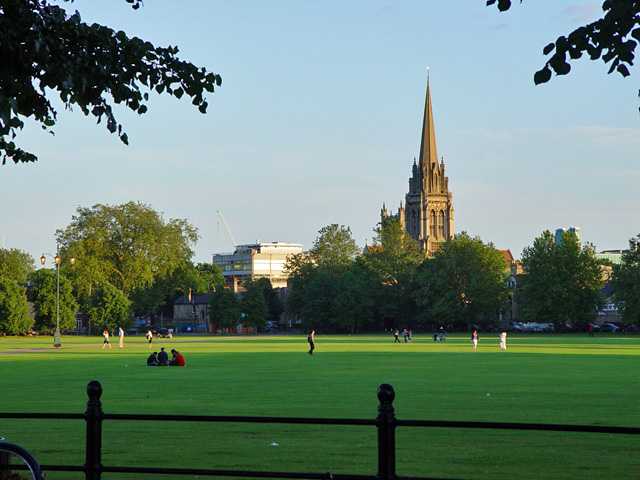
Parker’s Piece is a 25‑acre green at the heart of Cambridge, famed both for its open beauty and its place in sporting history. Once owned by Trinity College and named after Edward Parker, a college cook who leased part of the land in the late 16th century, it became public common in 1613. In the 19th century it was a key venue for cricket and the birthplace of the “Cambridge Rules” of football, which helped shape the modern game. The flat, square expanse is crossed by diagonal paths meeting at the cast‑iron lamp post known as Reality Checkpoint, a local landmark since 1893. Today, Parker’s Piece is a popular spot for picnics, casual games, and community gatherings, and has hosted grand events from Queen Victoria’s coronation feast to modern festivals. Surrounded by tree‑lined streets and close to the city centre, it remains a cherished open space where Cambridge’s heritage, recreation, and everyday life come together.
Cambridge United KingdomParker’s Piece is a famous 25-acre open green space located near the centre of Cambridge, England, bounded by Park Terrace, Parkside, Gonville Place, and Regent Terrace. Originally owned by Trinity College, it was exchanged to the town in 1613 and named after Edward Parker, a college cook who leased the land from 1587. The area is renowned as a pivotal site in the history of association football, where the Cambridge Rules—the basis for modern soccer—were first used and later adopted by the Football Association in 1863. It has historically served as a cricket pitch and a venue for sports events, including Varsity matches between Cambridge and Oxford. Parker’s Piece hosts community events, fairs, picnics, and concerts, and remains a cherished recreational area surrounded by university buildings and residential streets. Notable features include the “Reality Checkpoint” lamp-post and the Jack Hobbs Pavilion, honoring the cricket legend famous for practicing here.
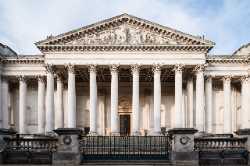 Fitzwilliam Museum
Cambridge
Fitzwilliam Museum
Cambridge
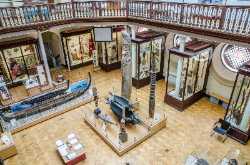 Museum of Archaeology and Anthropology
Cambridge
Museum of Archaeology and Anthropology
Cambridge
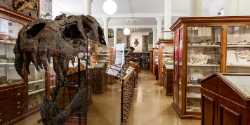 Sedgwick Museum of Earth Sciences
Cambridge
Sedgwick Museum of Earth Sciences
Cambridge
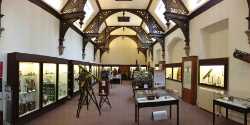 Whipple Museum of the History of Science
Cambridge
Whipple Museum of the History of Science
Cambridge
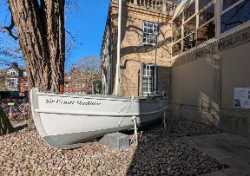 Polar Museum
Cambridge
Polar Museum
Cambridge
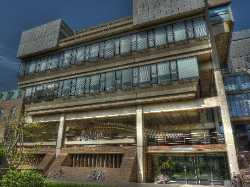 Museum of Zoology
Cambridge
Museum of Zoology
Cambridge
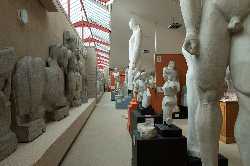 Museum of Classical Archaeology
Cambridge
Museum of Classical Archaeology
Cambridge
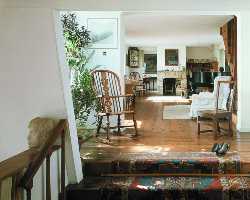 Kettle’s Yard
Cambridge
Kettle’s Yard
Cambridge
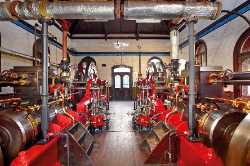 Cambridge Museum of Technology
Cambridge
Cambridge Museum of Technology
Cambridge
 Cambridge Science Centre
Cambridge
Cambridge Science Centre
Cambridge
 Centre for Computing History
Cambridge
Centre for Computing History
Cambridge
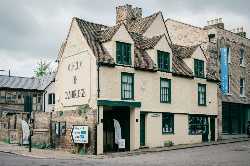 Museum of Cambridge
Cambridge
Museum of Cambridge
Cambridge
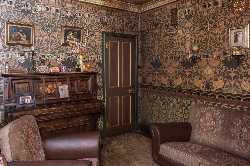 David Parr House
Cambridge
David Parr House
Cambridge
 IWM Duxford
Cambridge
IWM Duxford
Cambridge
 Bottisham Airfield Museum
Cambridge
Bottisham Airfield Museum
Cambridge
 Cambridge Arts Theatre
Cambridge
Cambridge Arts Theatre
Cambridge
 ADC Theatre
Cambridge
ADC Theatre
Cambridge
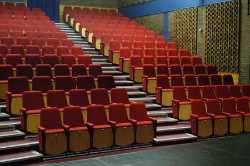 Mumford Theatre
Cambridge
Mumford Theatre
Cambridge
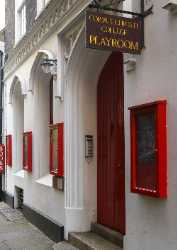 Corpus Playroom
Cambridge
Corpus Playroom
Cambridge
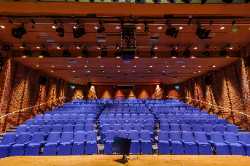 Robinson Theatre
Cambridge
Robinson Theatre
Cambridge
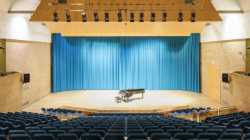 West Road Concert Hall
Cambridge
West Road Concert Hall
Cambridge
 MODO Gallery
Cambridge
MODO Gallery
Cambridge
 Cambridge Artworks & Artspace
Cambridge
Cambridge Artworks & Artspace
Cambridge
 GALLERIE V
Cambridge
GALLERIE V
Cambridge
 ArtSpace5-7
Cambridge
ArtSpace5-7
Cambridge
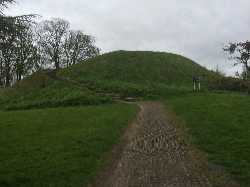 Castle Mound
Cambridge
Castle Mound
Cambridge
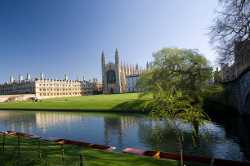 The Backs
Cambridge
The Backs
Cambridge
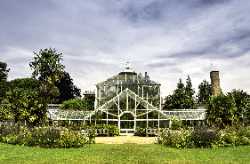 Cambridge University Botanic Garden
Cambridge
Cambridge University Botanic Garden
Cambridge
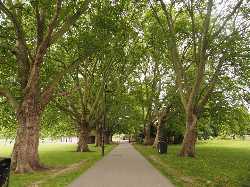 Jesus Green
Cambridge
Jesus Green
Cambridge
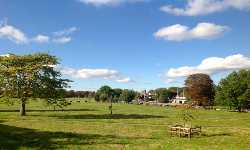 Midsummer Common
Cambridge
Midsummer Common
Cambridge
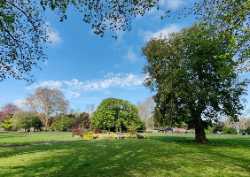 Christ’s Pieces
Cambridge
Christ’s Pieces
Cambridge
 Mathematical Bridge
Cambridge
Mathematical Bridge
Cambridge
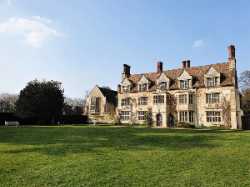 Anglesey Abbey
Cambridge
Anglesey Abbey
Cambridge
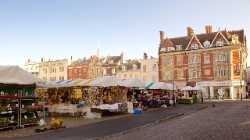 Cambridge Market Square
Cambridge
Cambridge Market Square
Cambridge
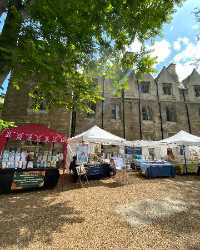 All Saints Garden Art & Craft Market
Cambridge
All Saints Garden Art & Craft Market
Cambridge
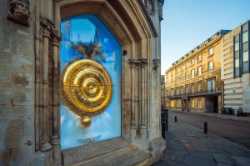 The Corpus Clock
Cambridge
The Corpus Clock
Cambridge
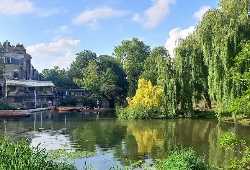 Laundress Green
Cambridge
Laundress Green
Cambridge